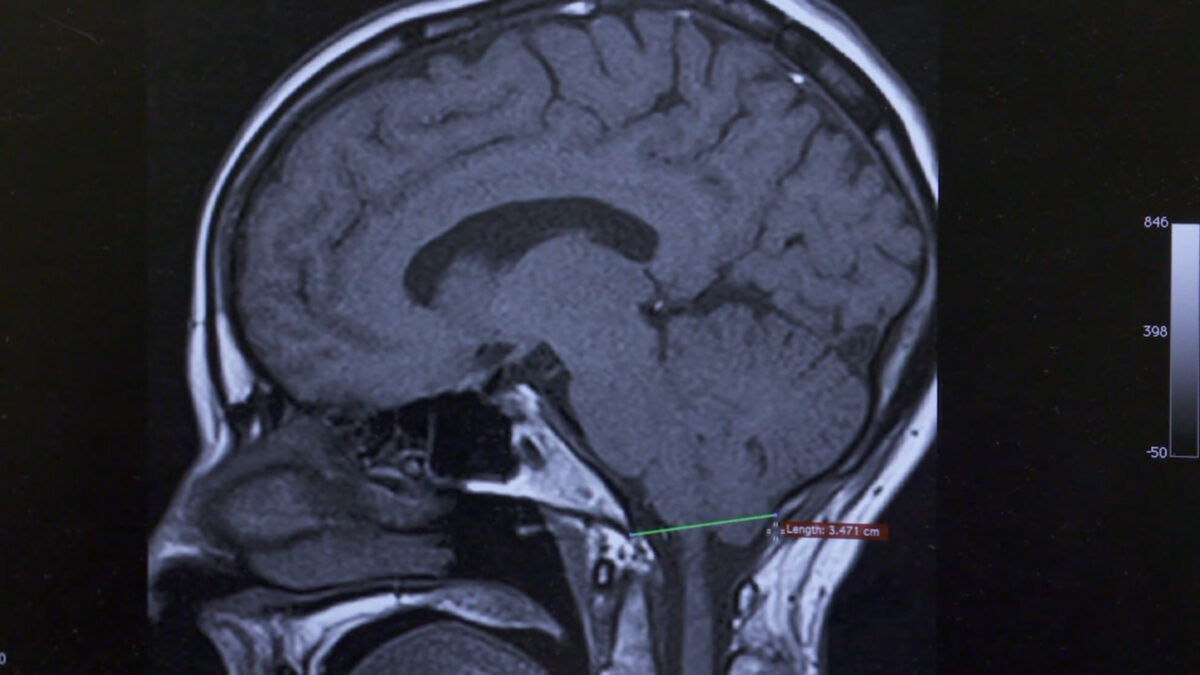Chiari Malformations: Types & Treatments


Adult & Pediatric Neurosurgery
Peripheral Nerve Surgery
Approximately one in 1,000 people is affected by a group of brain abnormalities known as Chiari malformations. Named for Hans Chiari, the Austrian pathologist who first described them, Chiari malformations affect the brain in the place where the skull meets the spine. Brain tissue extends into the spinal canal because part of the skull is misshapen or undersized and presses the brain downward.
While it’s possible to have a Chiari malformation without knowing it, these abnormalities can cause symptoms that may affect a person’s quality of life. Understanding Chiari malformations, including potential symptoms and treatment options, can help you determine whether you might have one of these malformations.
Chiari Malformation Types and Symptoms
There are at least five types of Chiari malformations, but the most common types are Chiari I and Chiari II. Chiari I may be congenital, or may develop over time as the brain and skull grow. The main symptom is headaches, but people may also experience:
- Neck pain
- Problems with balance and coordination
- Dizziness
- Numbness and tingling in the hands and feet
- Trouble swallowing
- Gagging and choking
- Difficulty speaking clearly
- Weakness
- Curved spine (scoliosis)
Chiari malformation type II is congenital, meaning a person is born with it. People born with type II almost always have myelomeningocele, a type of spina bifida in which the backbone and the spinal canal don’t close properly before birth. Symptoms of type II include:
- Difficulty breathing regularly
- Gagging/trouble swallowing
- Arm and leg weakness
- Involuntary eye movements
Diagnosing Chiari Malformations
Congenital types of Chiari malformation can often be diagnosed with an ultrasound of the unborn baby. For children and adults, the most reliable way to spot a suspected Chiari malformation is with an MRI of the brain.
Treating Chiari Malformations
Many people with Chiari malformations experience no symptoms and may not even realize they have one. Others may deal with mild or infrequent symptoms that don’t bother them or can be easily managed with over-the-counter medications like Tylenol.
For those with a Chiari malformation who’ve had symptoms for more than six months, occurring more often than not and interfering with their ability to function, surgery is an option.
Surgery to treat Chiari malformation is an inpatient procedure that requires a hospital stay of a few days. But many patients report feeling much less pain immediately after surgery and typical recovery takes about 3 – 6 weeks, but individual experiences vary.
When to See a Doctor
If you struggle with frequent headaches or other symptoms of Chiari malformation that are affecting your quality of life, consider reaching out to a specialist who can make a diagnosis. Together, you can discuss next steps, including whether you’re a good candidate for surgical treatment.